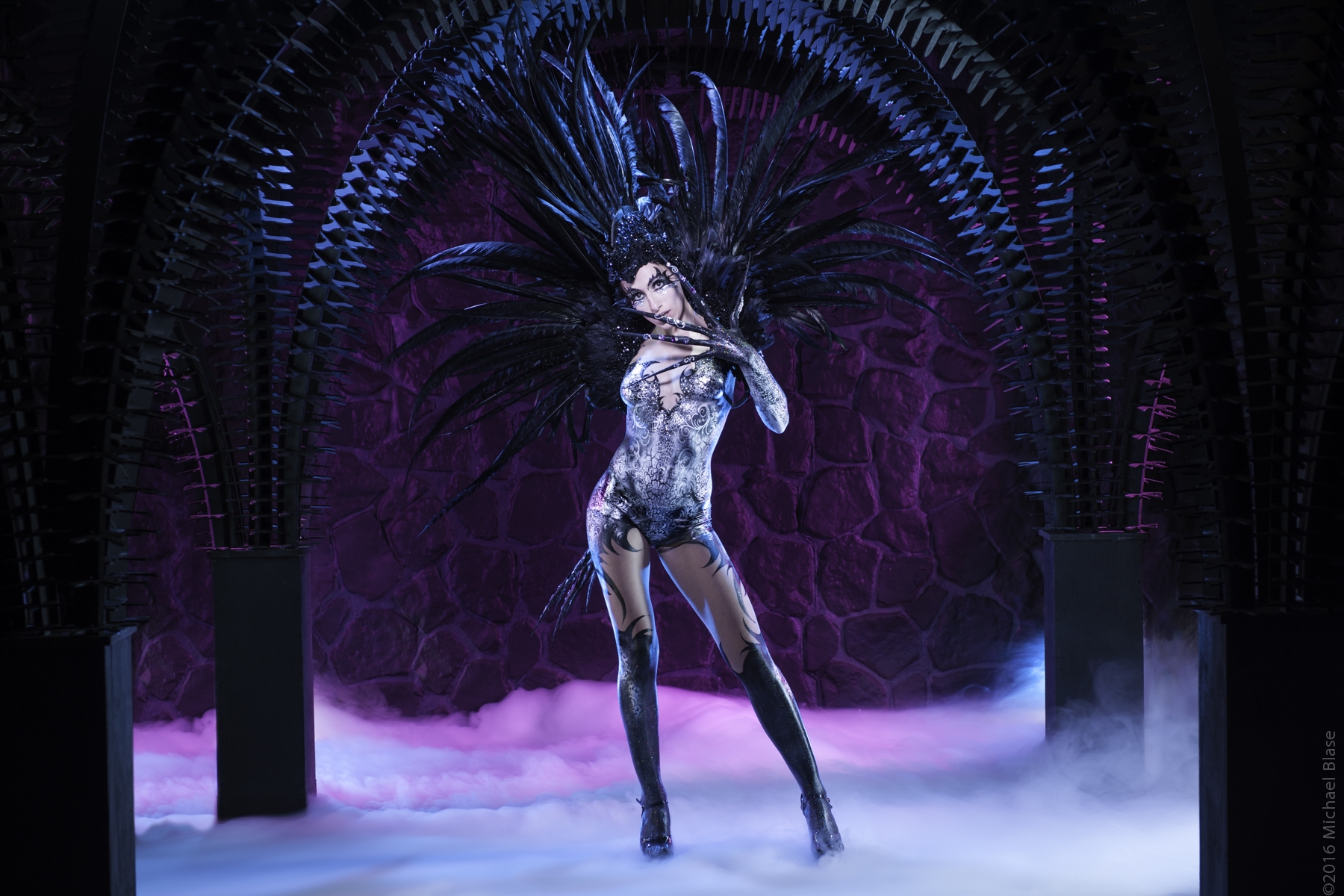

Romijn was even instructed by makeup artists not to drink or use lotions before filming for fear of affecting her body chemistry and making the prostheses fall off. In the motion picture industry body painting has become especially popular in the genres of science fiction and fantasy such as 2000’s X-Men, which featured actress Rebecca Romijn as the shape-shifting mutant “Mystique,” whose blue-skinned appearance took over nine hours to apply, with 110 prostheses covering 60% of her body, and latex paint covering nearly her entire body. Jane body, instantly became a pop culture icon, joining the ranks of her colleague on the project, famed photographer Annie Leibovitz, with whom Moore had worked with a year prior for her More Demi Moore nude and pregnant controversial cover of the same magazine.

Artist Joanne Gair who was responsible for the suit scene on Moore’s post-childbirth recently toned G.I.

The cover of the August 1992 issue of Vanity Fair, featuring a nude yet fully painted Demi Moore, is considered by many to be the introduction of the new age of body painting. Whether it be in commercials, magazines, billboards, movies, television shows, or even art galleries, advances in technology have allowed body painting to reach unprecedented levels and permeate every aspect of the artistic dimension. Probably a primary reason for modern body painting is for the sake of art itself. I mean isn’t spray tanning a form of body painting also (painted on abs! yay!)? Today body painting is even used for personal aesthetics to enhance certain features of the body, or even completely add features that are absent. After all how many times have you turned on the Super Bowl to see passionately painted fans enduring bitterly cold temperatures just to support the team of their choice?
#LIVING ART ENTERTAINMENT SKIN#
Many political protest groups such as PETA picket in the nude with various animal-like characteristics painted on their skin to capture people’s attention and send the message that animals are people too.Īlternatively for some it’s a way of showing devotion. In India brides-to-be get intricate patters of henna dye painted on their hands and body to signify the special occasion, a practice known as Mehndi.įor others it’s a way of getting attention. Today of course we have dyes, paints, and other synthetics for dramatic other-worldly effects, things our ancestors would’ve never dreamed of.Īside from Halloween, why do people paint themselves today? For some it’s cultural tradition. In fact some tribes around the world still use these natural elements in their body painting rituals. Body painting has been one of our defining behaviors as a species, whether it be to camouflage, intimidate, distinguish, celebrate, or entertain.īack in the day we didn’t have much, just sticks, dirt, and stones, so most body painting was done with natural pigments like clay and charcoal. At the moment cavemen learned to paint on walls, they learned to paint on themselves too (just go rent Encino Man…buuuuddy). What’s the point of clothes anyway? The human body is a work of art that should be on display, especially if it’s undergone some kick-ass body painting!Īs opposed to the term body art, which is usually associated with tattooing, body painting is the temporary version and has been around since the dawn of man. When it comes to nudity and censorship we don’t think anyone could have said it better. “If God had meant for us to be naked, we’d have been born that way.” –Mark Twain.


 0 kommentar(er)
0 kommentar(er)
